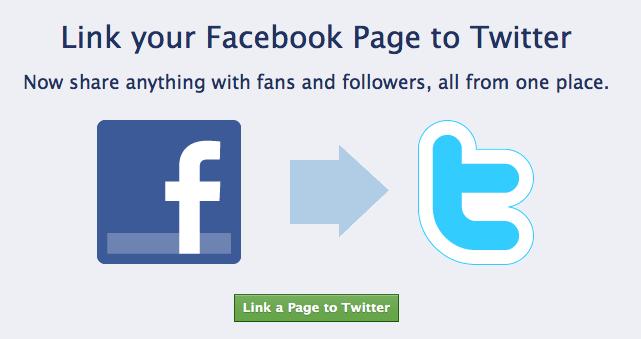If you are a Facebook Fan Page administrator, here is a very easy way to sync your updates to Twitter. 
- Sign into your Facebook account
- Go to http://www.facebook.com/twitter
- Click on “Link a Page to Twitter”
- Select the Facebook Fan Page you want to link to your Twitter account
- You will be redirected to Twitter to authorize Facebook access (you may need to sign into Twitter)
- Next you will configure the settings for what information gets sync’ed to Twitter
- Your done!
Source:Â http://www.theinternetjourney.com/social-networks/twitter-social-networks/facebook-twitter-fan-page/

